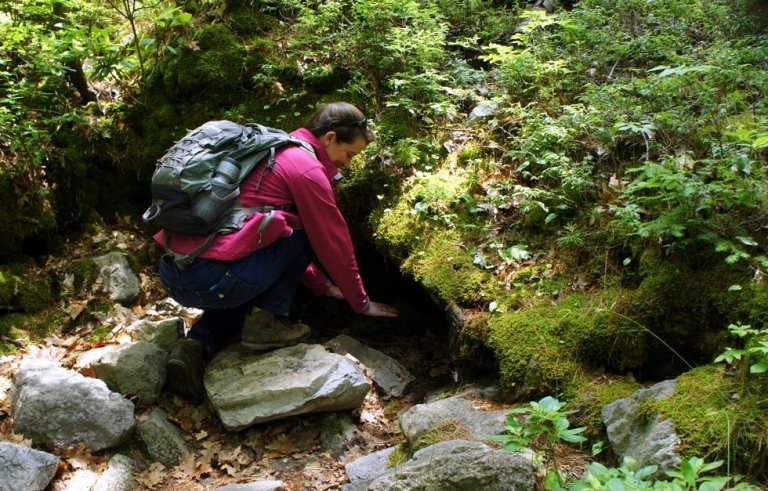
NORTH RIVER MILLS, W.Va.— One of West Virginia's most fascinating natural wonders, Ice Mountain, where winter ice can be found lingering in crevices until summer, is now open to guided hikes year-round.
Long a puzzle to scientists who were determined to discover how its "ice vents" functioned, the mystery has been solved, though the phenomena and the remarkable plant life it sustains will likely attract visitors to the eastern panhandle of West Virginia for years to come.
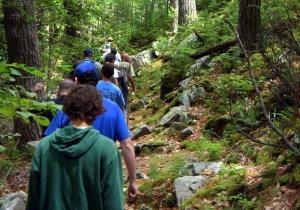
Steve Bailes, a docent for the Ice Mountain preserve, which now protects the site, says theories of the refrigeration effect have changed within his lifetime.
Moving to North River Mills with his wife, Terry, in 1976, Bailes says at that time, they were told there was a possible stockpile of ice inside the mountain that would have been established during the last Ice Age, at least 25,000 years ago.
“Maybe that’s what was causing ice into the summer—why you had cold, almost freezing air through August,” Bailes says.
“There was a thought that maybe the North River drops underneath the mountain, and if it did, falling water evaporates, creating cold air.”
One winter, a hunter discovered a crater on top of the mountain that contained no snow. Bailes and others at the time thought there was a cavern ascending from the cold vents at the bottom of the hill, coming out on top.
“When it was warm, the relatively cool air could fall out the bottom in the wintertime, and you have snow,” he says.
“Maybe the temperature was relatively warmer inside the mountain so it could rise out the top and make it so there wouldn’t be any snow there.”
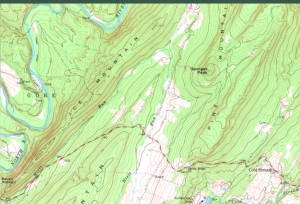
Finally, in 2003, West Virginia University student Kevin Andrews, working on his thesis with Professor Steve Kite, confirmed why the ice forms and lingers.
Andrews studied the mountain, trying to find evidence of ice inside, but instead, he found the thick layer of boulders, or talus fields, approximately 80 feet deep.
According to Andrews, Ice Mountain’s refrigerating effect comes from inside its thick talus slope, a mass of boulders at the mountain’s foot that traps the cold.
In winter, cold air sinks into the talus, forming the ice. Once the weather warms, the air flows out of cold vents along the bottom of the slope, keeping the ice frozen until early summer.
“He found no evidence of any ice under there, no evidence the river disappeared under the mountain, no evidence of any cavern that went from the bottom to the top,” Bailes says.
“All the old theories went out the window, but for me, it was really exciting. He disproved all our old theories, so he can kind of start all over and try to solve the mystery.”
Ice Mountain has not only attracted geologists, it perennially attracts botanists, who routinely study the plant life around the ice vents.
Bailes says Ice Mountain boasts remarkable flora, such as dwarf dogwoods or bunchberries, more often found near the Arctic Circle.
“There're so many mysteries about the mountain,” he says. “You look at these cluster of leaves on the ground that looks like dogwood—and it is, it’s the Cornus family!—but it never grows into a tree; they’re right down on the ground.
“I’ve taken people that have been to Alaska, the Arctic Circle, Nova Scotia, and they’ll say they saw these same plants up around the Arctic Circle, and that’s where they typically would be, there or much higher elevation."
Twin flowers and blueberries found at the bottom of the mountain are also usually found in higher elevations, like Dolly Sods. However, the vents along the foot of Ice Mountain only attain a height of 1,230 feet, whereas the sods ascend to more than 4,000.
Native Americans and early settlers used the mountain’s natural refrigeration, earning its various nicknames. Journalist David Hunter Strother, often writing under the name Porte Crayon, wrote about and studied Ice Mountain in the 1840s, creating woodblock sketches of the mountain and its talus slope.
“To me, it’s cool to think that he enjoyed the same views that we do today,” Bailes says.
The Nature Conservancy preserves Ice Mountain
In 1989, The Nature Conservancy purchased Ice Mountain and established a 149-acre preserve, designated a National Natural Landmark by the U.S. Park Service in 2012.
The conservancy now offers free weekly guided hikes to Ice Mountain year-round, where visitors may explore with trained docents. Walks must be completed with a registered docent, and Bailes says they have about 800 visitors a year.
Mike Powell, director of stewardship and land management for the conservancy, says the mountain must be protected because of climate change.
“Ice Mountain is an important place where our resilient, connected network approach to conserving a network of lands across Appalachia to allow species to move up in elevation and north as the climate changes,” Powell says.
“With that unique cooling feature found at Ice Mountain, it provides a unique and suitable habitat while species are trying to move and that response to climate change.”
Terry Bailes, who leads tours with her husband, Steve, agrees it’s essential to preserve and protect the mountain for many reasons, but it’s also personal for her family.
“It is our backyard,” she says. “We bought right up against Ice Mountain. When it went up for sale, before The Nature Conservancy bought it, the idea was to put a tram to the top and then put some sort of restaurant at the top of the mountain, which of course, would have ruined all of it.
“It’s really very rare,” Bailes said. “The plants are very rare, and it is absolutely beautiful. I love taking a group because they’re seeing it for the first time, and I can see it through their eyes, and that is always so much fun."
Ice Mountain is located near North River Mills off Cold Stream Road between Slanesville and Capon Bridge, West Virginia. To arrange tours, contact Steve and Terry Bailes at 304-469-7359 or bailessteve@yahoo.com.
For further information, visit the Ice Mountain Preserve or Historic Hampshire.
Sign up to receive a FREE copy of West Virginia Explorer Magazine in your email weekly. Sign me up!


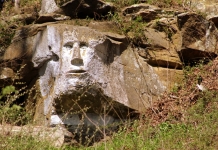


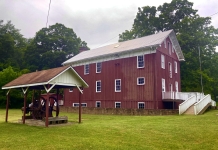
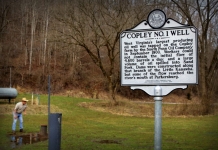

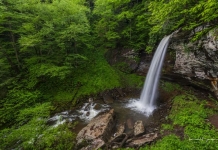




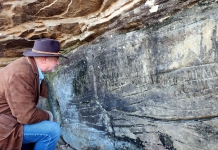








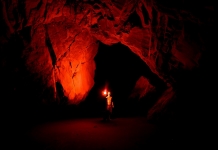
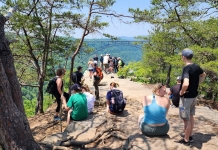





Facebook Comments